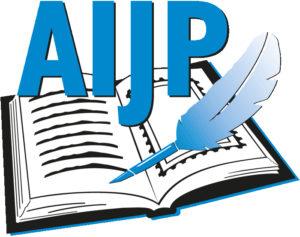(Germering/pcp) On 11 January 2001, a stamp with the image of the Calechutian pepper, now known as paprika, was issued in Germany. The image used for the stamp was taken from the herb book written by the skilful botanist Leonhart Fuchs in 1543 – the postage stamp MiNo. 2161 from 2001, the year in which Leonhart Fuchs celebrated his 500th birthday, is correspondingly beautiful. But that’s not all. The stamp is also the first to be produced using the latest German perforation process, integrated grinding perforation. Unlike the long familiar comb perforation, in which the perforation holes are punched out of the paper with a single stroke of the perforation comb, with grinding perforation they are created by milling off the paper that has previously been pressed out with needles. The German franking series “Welt der Briefe”, which began twenty years later, is also of interest to collectors thanks to this distinction, as numerous values were produced using both methods. This MICHEL Germany catalogue 2024/2025 is the first to present a detailed catalogue of the different perforation variants.
The stamp designers and engravers of the Saarland postage stamp issues were also skilful, and the depth of detail certainly required full concentration. A good reason to pay tribute to these artists in MICHEL. The 111th edition offers greatly expanded information on the designers and engravers of the Saar collection area, the French and the American-British occupation zone.
Speaking of aesthetics: numerous new illustrations have been created for the new edition of the MICHEL Germany catalogue – for example in the areas of Belgian military mail in the Rhineland, Eupen, Malmédy and for the franking labels overviews of the GDR, Berlin and FRG. And, of course, for the latest new stamp issues from Deutsche Post.
The most noticeable price movements were in the collection areas of old Germany, stamp booklets of the German Reich, occupation in the First and Second World Wars, Sudetenland, local issues from 1945 and Berlin (West).
In brief: 111th edition with MICHEL watermark folding plate, 1,184 pages, 12,200 illustrations, in colour, 67,500 price evaluations, hardcover, retail price: 79 euros. ISBN 978-3-95402-489-6
Translated with DeepL (www.deepl.com)


